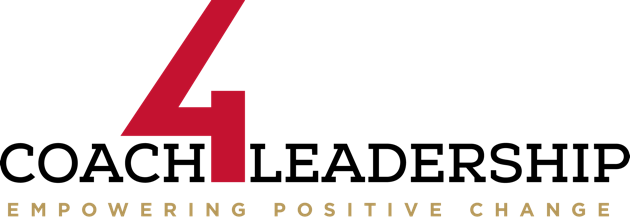Jim Rhon once said “We now have enough evidence to conclude that it is possible to design a successful life.” I once would have scoffed at that idea. I now think that statement has a lot more truth in it than most of us realize. Although he and many others of this opinion are quick to add that a lot of grace is required (and it clearly is), even a cursory study of the successful would demonstrate that common elements undergird their success.

This is the 3rd year I’ve signed up for Michael Hyatt’s 5 Days To Your Best Year Ever goal setting course. It’s really given me a lot of traction the last two years and I highly recommend it. This year, in addition to the great 5 step process Michael walks you through, I got some insight into something I wasn’t expecting. That something was a simple and general classification system of how people approach life. I find it’s a very valuable heuristic because:
- It appears to be consistent and aligned what you can readily observe in the real world.
- One category is consistently associated with those who succeed.
Because success can mean a lot of things and at least a bit different for everybody, I need to pause here and make sure the waters are clear before going any further. I’ll define success as “making measurable progress in the pursuit of a meaningful goal or cause.” That definition makes success more of a process than destination and allows for whatever results from the process.
There are 3 basic ways to approach life, but only one is likely to get you what you really want. Here is the 3-level classification:
- Drift– The Drifters approach life without a plan. They react to what comes, good or bad, and just go with the flow. They often wake up years later (sometimes a lot later….too late in fact) realizing they never wanted to end up where they find themselves at.
- Driven– The Drivers overcorrect. They are driven to make progress and achieve goals, but usually in just one or two areas of life. And they achieve their success at the expense of the rest—often health, relationships, and emotional well-being.
- Designed– The Designed Life is about living intentionally so we can succeed both in business and in life, including the full range of relationships and activities that matter most.
Any guess as to which approach is more likely to get you where you want to go?
 In this fallen world we live in, you have to be intentional in order to get what you really want from life. There may be some rare exceptions, but there are millions (billions?) of examples of casualties. And since you only have one precious life, it makes sense to take the high probability approach. If that’s true, then why don’t more people choose that route? Good question and one we can only guess at. Perhaps because it takes awareness, time, effort, intention……the list goes on.
In this fallen world we live in, you have to be intentional in order to get what you really want from life. There may be some rare exceptions, but there are millions (billions?) of examples of casualties. And since you only have one precious life, it makes sense to take the high probability approach. If that’s true, then why don’t more people choose that route? Good question and one we can only guess at. Perhaps because it takes awareness, time, effort, intention……the list goes on.
Since we’ll never the answer to the question above, a better question is one you can know the answer to: Which approach to life are you going to take this year?
While you may not hit your target exactly and a lot of grace will still be required along the way, choosing to live a Designed life will most definitely will get you closer to what you want out of life.
Please leave a comment and let me know which “D” will you be living out of in 2016, what best next-step you’re going to take to get started, and what you need to get there.






 Ok, now that you know what Resistance is and how to overcome it, there is still one thing you need in order to get what you want: get over the satisfaction that you know what to do. Knowing isn’t doing. You have to take action and find out what works best for you. Knowledge isn’t power, making the right decisions coupled with action is.
Ok, now that you know what Resistance is and how to overcome it, there is still one thing you need in order to get what you want: get over the satisfaction that you know what to do. Knowing isn’t doing. You have to take action and find out what works best for you. Knowledge isn’t power, making the right decisions coupled with action is.